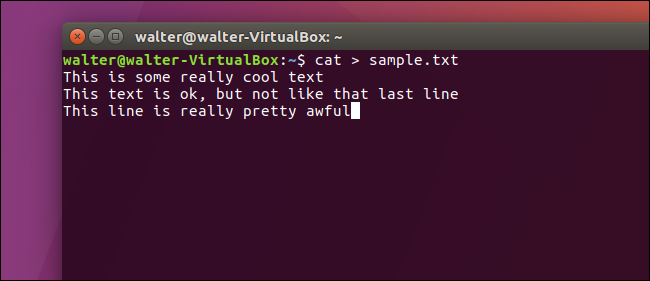

If the file did exist, you would be editing that file. Assuming this file does not exist, it would be created and saved in your current directory. In this example, you are using the start command to open Notepad with the file "myfile.txt". Note that there are no spaces between echo, the period, the greater-than sign ( >), and the file name.Īnother option for creating a text file from the command line is with the start command, as shown in the example below. In the example above, you are using the echo command to create a file named "myfile.txt" in the current directory.
#Open new .txt file on mac windows#
Instead, you can use the echo command at the Windows command line to create an empty text file in the current directory. Later versions of Windows removed the ability to use the edit command for this purpose. With earlier versions of Windows, a new file of any type, including text files, could be created using the edit command line command. While in the Windows command line, you also can create a new text file in the current directory. Create a text file from the Windows command line These same steps can be used in any other location on your computer, for example, another folder.
#Open new .txt file on mac software#
You can edit the file in the Notepad program or any other word processing software program, like Microsoft Word. You can change the name of the file to anything you want. Create a new text file from the desktopĪnother way to create a text file is to right-click an empty area on the desktop, and in the pop-up menu, select New, and then select Text Document.Ĭreating a text file this way opens your default text editor with a blank text file on your desktop.

In many of these programs, you also have the option to save the file as a Rich Text Format.Īfter the file is created and saved, it can also be edited using Notepad or another word processing software program. When saving the file, change the file name or file type to Plain Text to save it as a text file. You can also create a text file using any other word processing software program, like Microsoft Word or WordPad.

Many bash commands exist to open a file for reading or writing, such as ` cat`, `less`, `more` etc. A file can be opened for reading, writing, or appending. The file is used to store the data permanently and use the data in any script when requires.


 0 kommentar(er)
0 kommentar(er)
